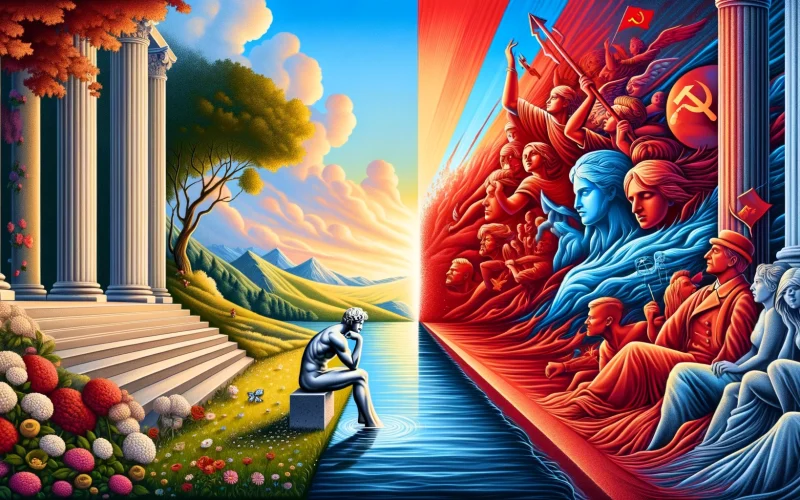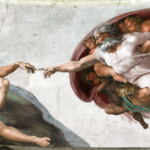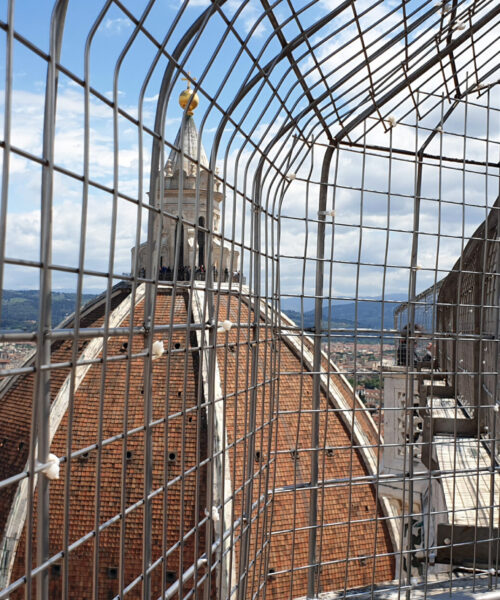Throughout centuries, art has perpetually swung between two extremes: on one side, art for art’s sake, an expression of pure beauty and aesthetics, and on the other, art as a tool for communication, protest, and social or political change. This dilemma is more than just a matter of artistic preferences; it reflects deep currents in human history and our understanding of art’s role in society.
Consider, for instance, the aestheticism of the 19th century, a period marked by a fervent pursuit of beauty for its own sake. Figures like Oscar Wilde became spokespeople for this movement, proclaiming art as a sublime manifestation of beauty, free from any moral or social duty. For Wilde and his contemporaries, art was to exist independently of morality or practical purposes, serving solely the cult of beauty.
In stark contrast, we can look at Soviet art of the 20th century, where art was seen as a powerful educational and propagandistic tool. Here, art aimed to inspire and mobilize the masses towards the ideals of socialism and revolution. Art became a vehicle for communicating ideas, educating the people, and promoting social change.
These two approaches reflect radically different visions of art and its purpose. On one hand, art is seen as an autonomous expression of beauty and creativity, while on the other, it’s a tool to influence and reflect society and politics. However, we should not think of these two roles as exclusive or in conflict. Art, in its essence, is capable of embracing both aspects, serving as a mirror to the complexity of human experience.
The question of art’s “true” purpose is ultimately a reflection on human nature and our aspirations. For some, art that celebrates beauty and harmony for their own sake is the highest form of human expression. For others, art that cries out against injustice and advocates a message, mobilizing and inspiring, is the most meaningful.
Art, in all its forms, from the most abstract and introspective to the most explicit and socially committed, speaks to us in different ways. It invites us to reflect, to feel, to change. Perhaps, the only true duty of art is to remain faithful to its unfathomable and multifaceted nature, an eternal witness to our struggles, dreams, and passions.
In conclusion, art should not be relegated to a single role. It is, in its deepest essence, a reflection of the vastness of human experience, capable of embracing both pure aesthetics and social pragmatism. The true beauty of art lies in its ability to be all these things together, a bridge between the individual’s inner world and the vast landscape of human society.












